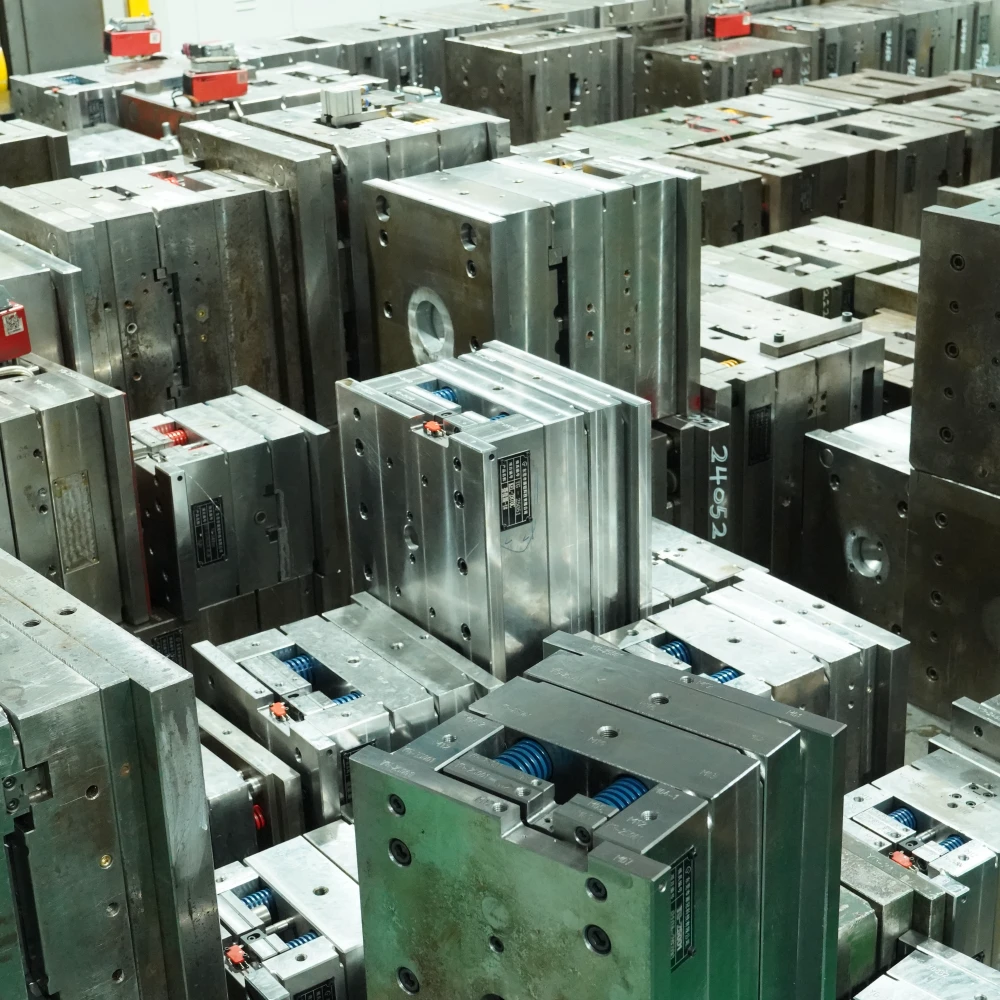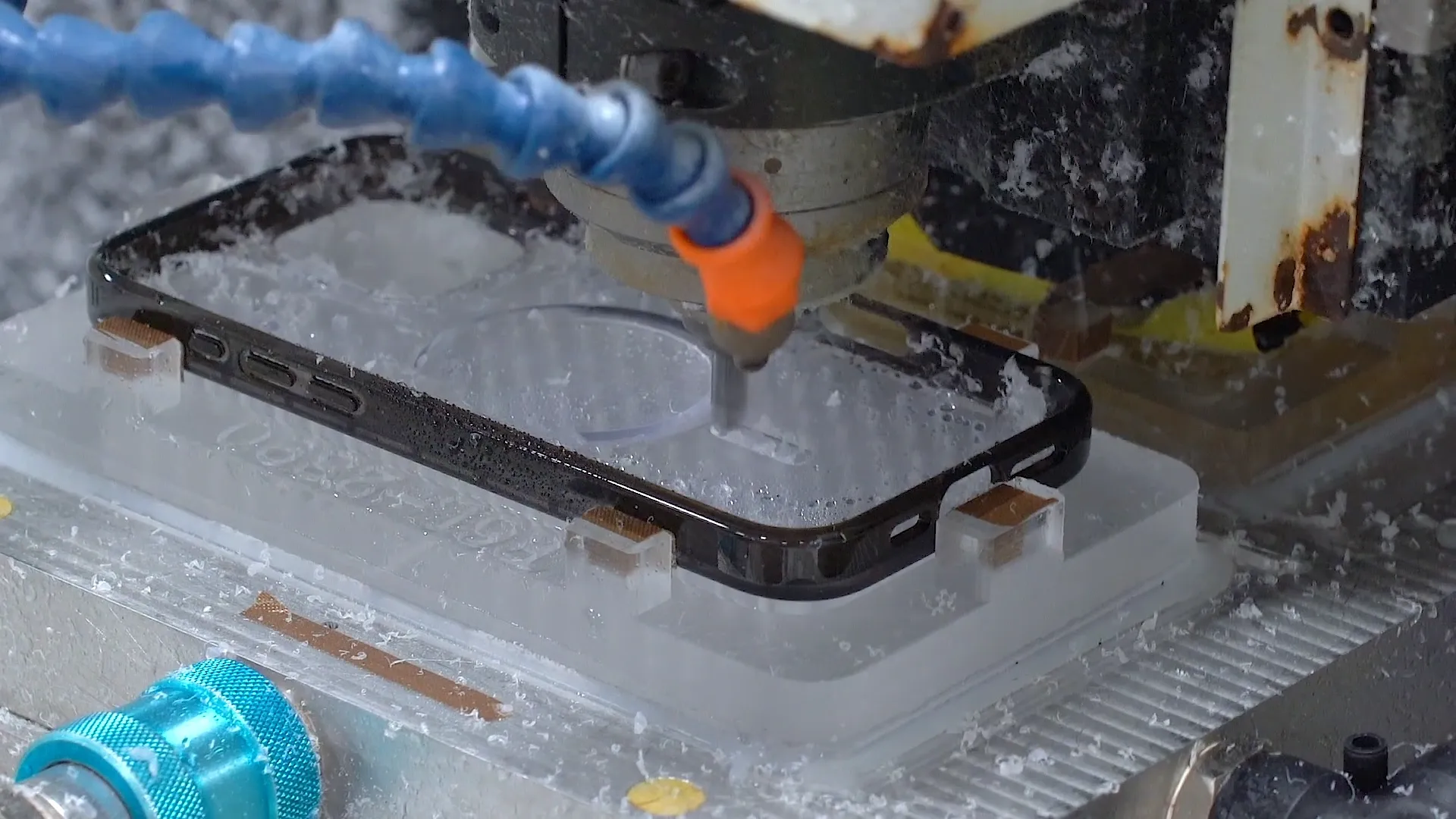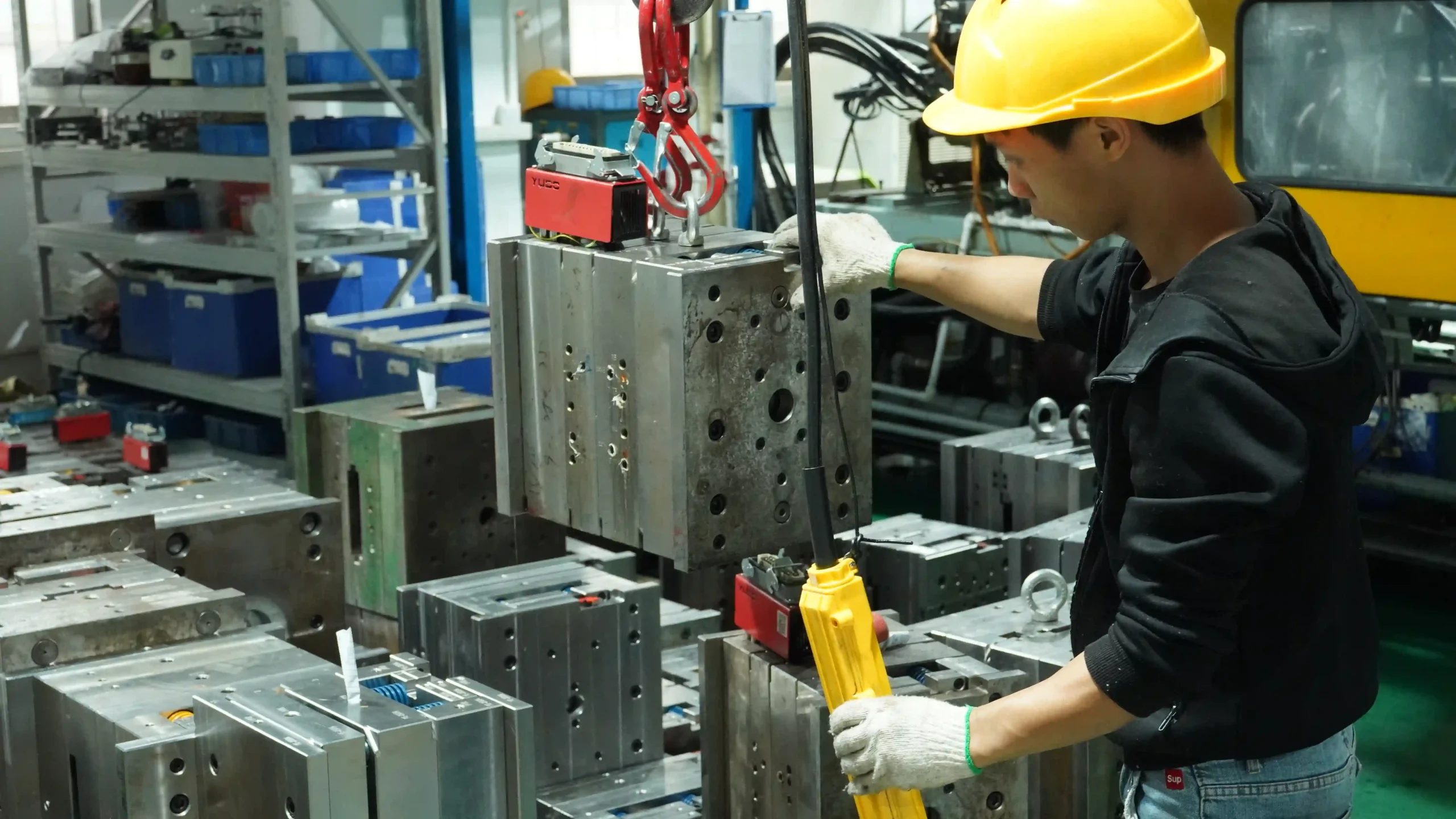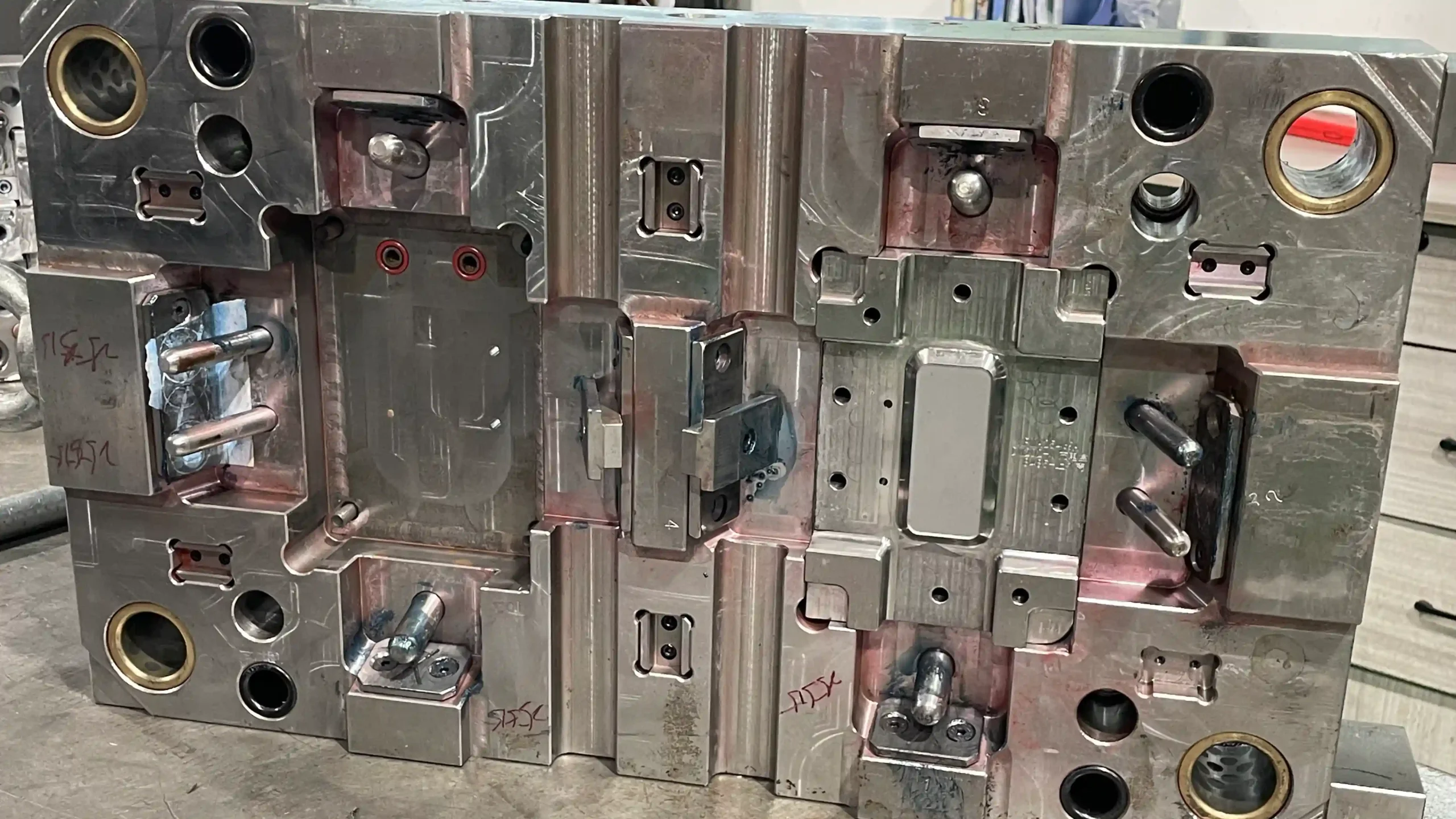Introduction
In the race to reduce upfront costs, many manufacturers opt for cheaper molds—only to face recurring expenses from premature failures, production delays, and quality inconsistencies. For brands targeting premium markets like Europe and North America, where quality and reliability are non-negotiable, the true cost of cutting corners on tooling becomes starkly evident. This article contrasts the long-term economics of low-cost molds versus ISO 9001-certified tooling, revealing why premium markets demand precision-driven solutions.
The Illusion of Savings: Initial Cost vs. Total Cost of Ownership (TCO)
Table of Contents
ToggleCheap Molds:
Upfront Cost: 30–50% lower than certified tooling.
Hidden Costs:
Short Lifespan: Average lifespan of 50,000 cycles vs. 80,000+ for ISO 9001 molds (60% shorter).
Frequent Maintenance: 3–5x more repairs due to wear, misalignment, or surface defects.
Production Downtime: Unplanned stoppages cost 10k–10k–50k per hour in high-volume manufacturing.
ISO 9001-Certified Molds:
Higher Initial Investment: Reflects precision machining and material quality.
Long-Term Savings:
Extended Lifespan: 80,000–120,000 cycles with minimal degradation.
Reduced Downtime: Predictive maintenance cuts unplanned stoppages by 70%.
Consistent Quality: Defect rates below 0.5% vs. 5–10% for cheap molds.
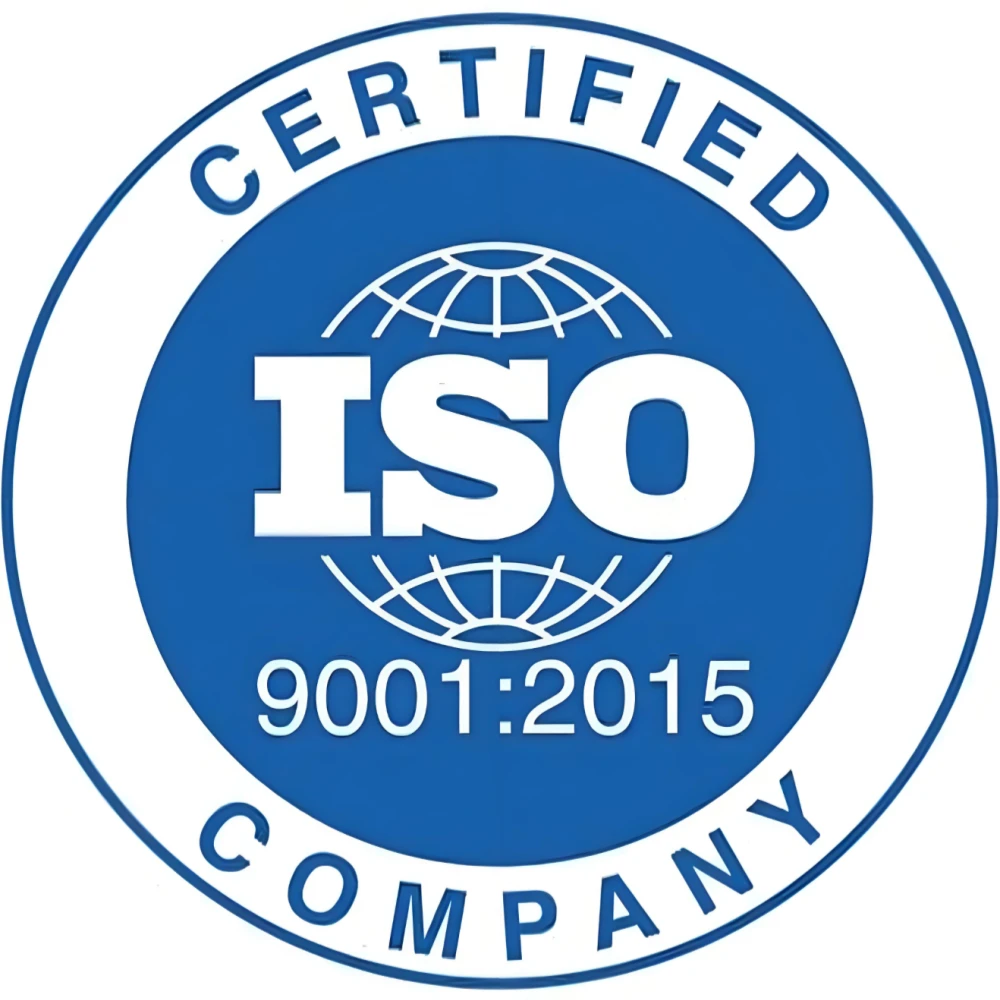
Case Study: How a 60% Longer Mold Lifespan Slashed TCO
A German automotive electronics supplier switched to ISO 9001-certified molds for sensor housings:
Initial Cost: €25,000 (vs. €15,000 for a cheap alternative).
Operational Savings:
Cycle Lifespan: Increased from 50,000 to 80,000 cycles (+60%).
Maintenance Costs: Reduced from €8,000/year to €2,500/year.
Scrap Rate: Fell from 8% to 0.4%, saving €120,000 annually.
TCO Over 5 Years:
Cheap Mold: €15,000 + (€8,000 x 5) + (8% scrap loss) = €235,000.
ISO 9001 Mold: €25,000 + (€2,500 x 5) + (0.4% scrap loss) = €40,500.
Result: The certified mold delivered 83% lower TCO despite higher upfront costs.
Why Premium Markets Reject Cheap Tooling
Brand Reputation Risks:
A single quality failure (e.g., sensor housing leaks) can trigger recalls, costing up to 10x the mold’s price.
Regulatory Compliance:
ISO 9001 ensures traceability and process control, critical for EU MDR or FDA audits.
Sustainability Pressures:
Longer-lasting molds reduce material waste and energy consumption, aligning with ESG goals.
Key Features of ISO 9001-Certified Mold Making
Precision Engineering:
5-axis CNC machining achieves ±0.01mm tolerances for complex geometries.
Mold flow analysis optimizes cooling channels, minimizing cycle times.
Superior Materials:
H13 tool steel with nitriding treatment enhances wear resistance.
Documented Processes:
Full traceability of materials, machining parameters, and QC checks.
The ROI of Investing in Quality Tooling
Reduced Scrap: High-precision molds cut material waste by 90%.
Faster Time-to-Market: Fewer defects mean fewer production halts, accelerating product launches.
Market Differentiation: Consistent quality strengthens brand loyalty in premium segments.
Conclusion
For manufacturers targeting discerning markets, cheap molds are a false economy. ISO 9001-certified tooling not only safeguards quality and compliance but also delivers measurable long-term savings—proving that in premium manufacturing, precision pays.
Ready to Optimize Your TCO?
[Contact YG] to explore how ISO 9001 molds can elevate your production efficiency and brand reputation.
